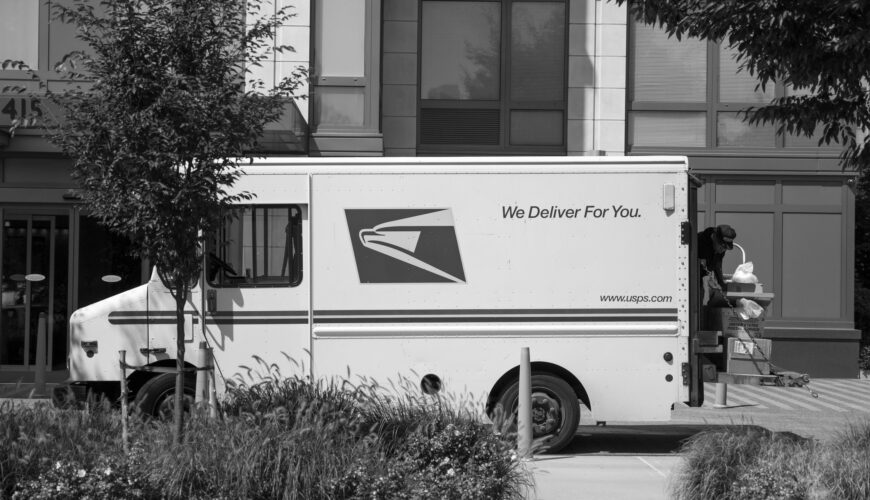The small parcel market is growing and USPS is poised to benefit from it. It’s no secret that the U.S. Postal Service has long been in financial trouble. From 2007 to 2020, the agency racked up $87 billion in losses, and Congress has long pressured it to develop solutions. The pandemic only revealed the agency’s problems as it struggled to process the growing demand for parcel delivery in 2020.
In its efforts to overcome financial challenges, USPS is considering a range of strategies. However, one of the latest proposals could potentially disrupt supply chain management and impose additional costs on shippers, posing significant challenges for stakeholders.
The move under consideration would impact how the postal service works with shipping partners, specifically shipping consolidators such as OSM Worldwide, DHL e-commerce, Pitney Bowes, and others who deliver parcels for the USPS. The postal service is working with the partners to discuss which facility access points the consolidators use to enter volume into the USPS network. Rate discounts are associated with that process, and the scenario may change.
USPS Becoming competitive with small parcel carriers
The USPS is proposing a change that could potentially benefit all parties involved. It asks consolidators to start dropping off packages further upstream in its network rather than at destination delivery units. These are the last stops in the postal network before hitting their final delivery points. The issue is the removal of discounted rates on the delivery unit inductions, but it’s unclear what the proposed scenario or the cost would be. However, if USPS chooses this avenue, it could lead to long-term cost-savings, making its services more competitive with small parcel carriers. This could potentially result in more affordable services for shippers and a more streamlined operation for consolidators.
It’s crucial to acknowledge and address the concerns of stakeholders, particularly the potential impact on shippers and consolidators. The fear is that the loss of discounts could be passed on to shippers, making their services less affordable. Consolidators are also worried about the potential disruption to their operations and the reliability of their services. These concerns are valid and need to be considered in the decision-making process, ensuring that the proposed changes benefit all parties involved.
The proposed network remodel is part of USPS’ 10-year plan to overhaul its network, demonstrating its commitment to change and improvement. According to a 2023 report from the agency, it is evaluating more than 100 new sorting and delivery center locations nationwide to provide faster service between local retailers and consumers. Postmaster General Louis DeJoy has been diligently working to make USPS competitive in the small parcel delivery market, showing a proactive approach rather than reacting to market trends. This should inspire confidence in the stakeholders about USPS’s ability to adapt and thrive in the evolving market.
Small parcel shipping is an obvious target, as supply chain managers can appreciate. With the spikes in e-commerce and a decline in mail, the USPS is looking to capitalize on consumer buying habits. Still, the move is an uphill battle. FedEx, UPS, and others have long held the corner on the market. If the USPS is truly going to compete, it needs to attract more commercial shippers and make the partnerships attractive. This will require cultural changes to USPS and a heavy push in marketing to get consumers to buy in on the idea.


